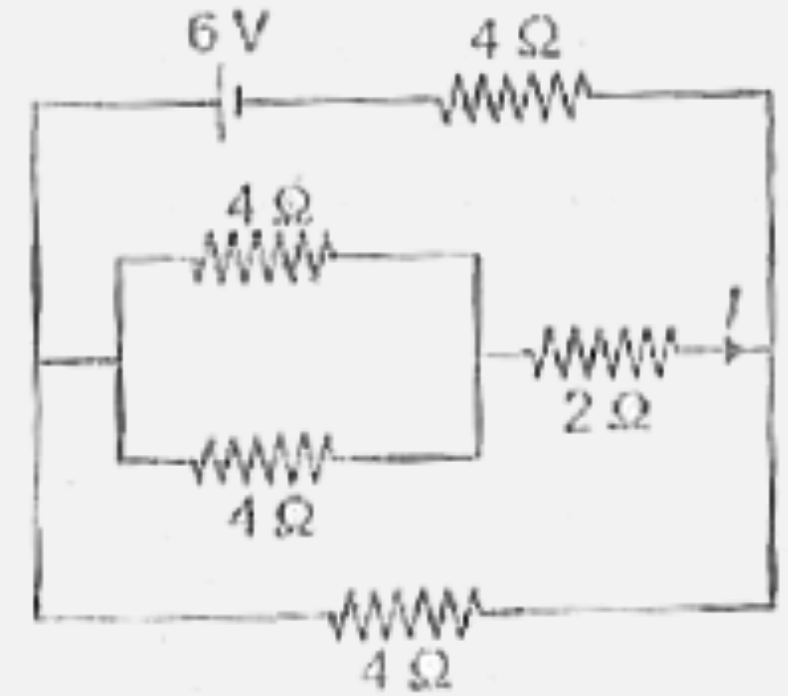A current I flows in the circuit shown in Fig. Then:
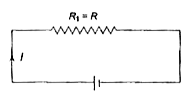
If assistance R2=R is connected in parallel with R1=R the current through R1 will remain equal to I.
If a resistance R2=2R is connected in parallel with R1=R the current through R1 will remain equal to I.
If a resistance R2=2R is connected in parallel with R1=R the current through R1 will become I/3
If a resistance R2=2R is connected in parallel with R1=R, the current through R2 will be I/2
The correct Answer is:A, B, D
When R2=R is connected in parallel with R1=R, the resistance of the combination is R/2. Therefore, the current in the circuit is V/R/2=2V/R=2I, where I = V/R was the current in the circuit when R2 was not connected. Current 2 I divides equally among two equal parallel resistors. Hence the current through R1 will still be I. Thus choice (A) is correct. When R2=2R is connected in parallel with R1=R, the total resistance in the circuit is 2R/3 and the current in the circuit is
V2R/3=3V2R=3I2
∴ Current through R1=3I2×23==I.
Similar Questions
Knowledge Check
- Question 1 - Select One
The current I in the circuit shown is
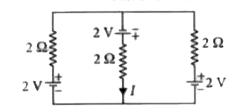 A1.33ABzeroC2.00AD1.00A
A1.33ABzeroC2.00AD1.00A - Question 2 - Select One
The current I shown in the circuit is
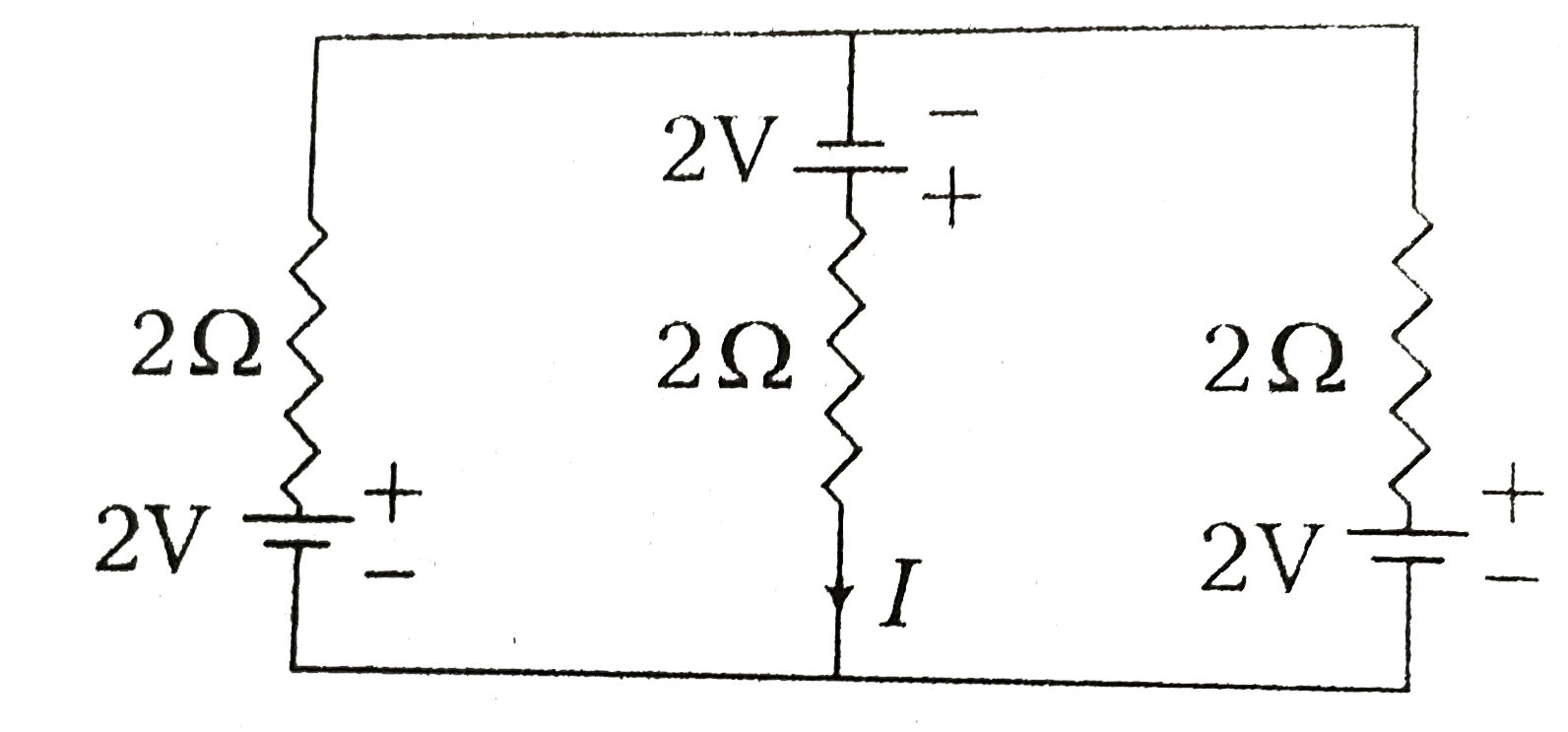 A1.33ABzeroC2AD1A
A1.33ABzeroC2AD1A - Question 3 - Select One
What is the current I in the circuit shown in adjoining Fig. ?
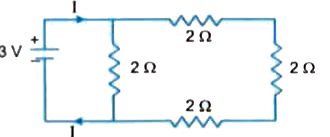 A2AB1.2AC1AD0.5A
A2AB1.2AC1AD0.5A
The current .i. in the circuit as shown in fig. is
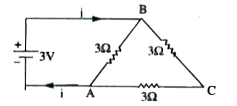 View Solution
View SolutionCurrent I1andI2 flow in the wires shown in Fig. The field is zero at distance x to the right of O. Then
 View Solution
View SolutionFind the total current in the circuits shown in Fig. , , and . Each diode used is ideal
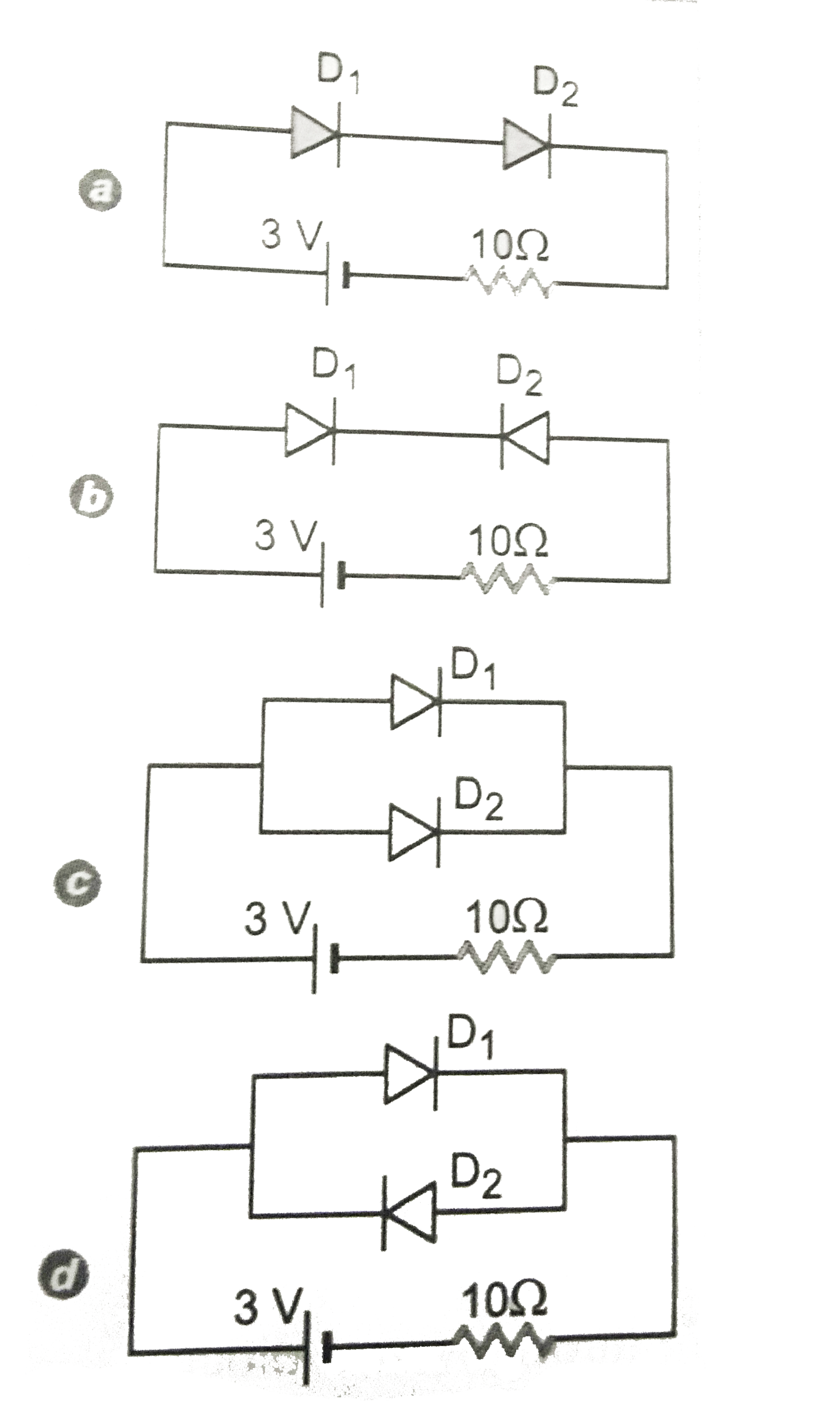 View Solution
View SolutionCurrent I1andI2 flow in the wires shown in Fig. The field is zero at distance x to the right of O. Then
 View Solution
View Solution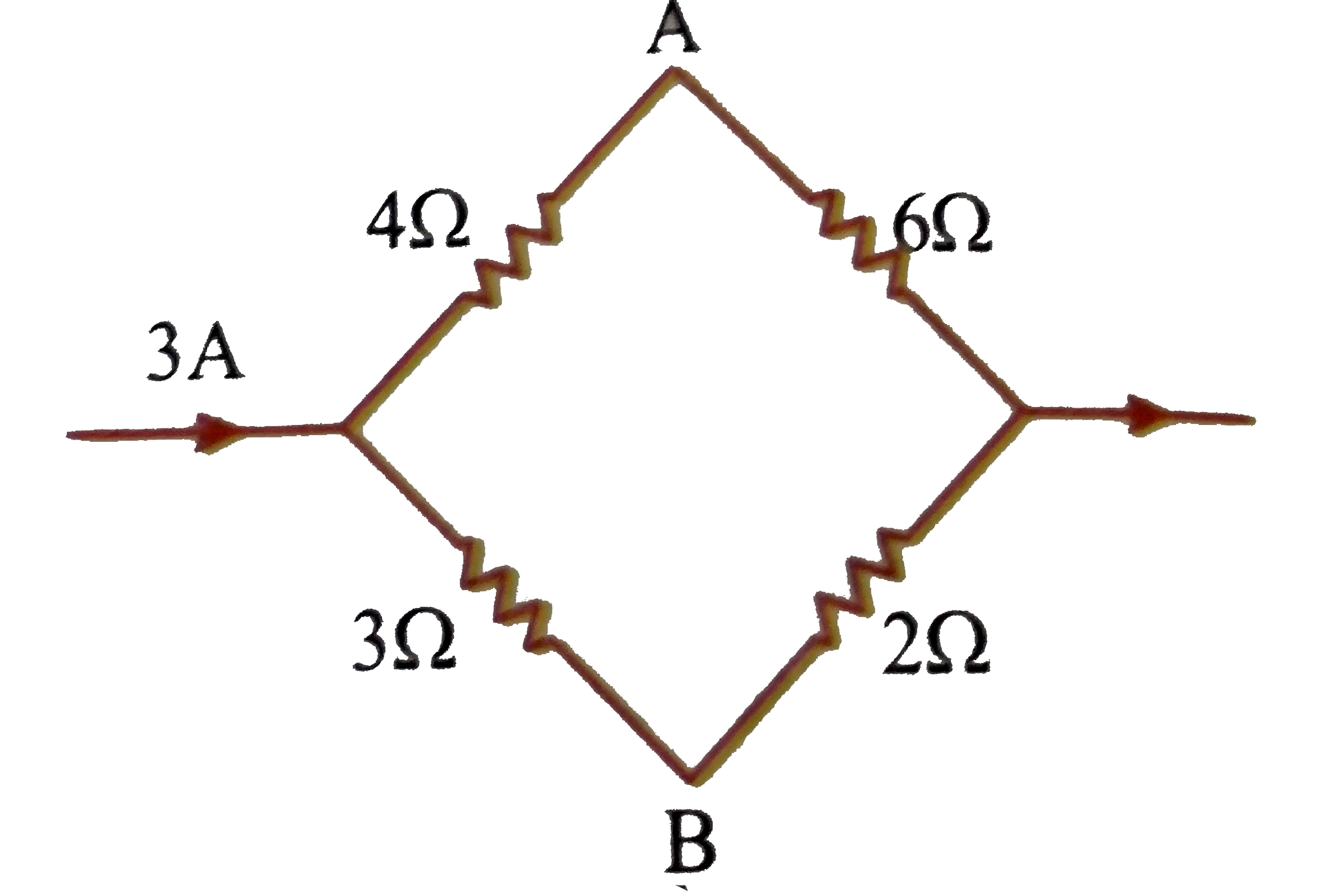
A current of 3A flows in a circuit shown in the figure. The potential difference between A and b isView Solution


